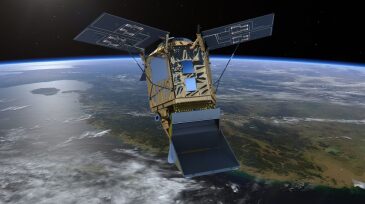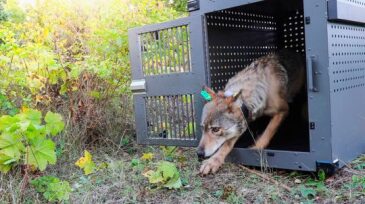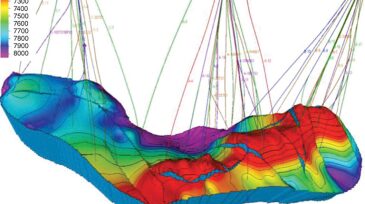Environment
The Norwegian Ministry of Energy has approved the Phase 2 expansion, which is expected to increase carbon dioxide storage capacity from 1.5 million tonnes to 5 million tonnes.
DNV’s carbon capture and storage outlook forecasts a massive shortfall in the projects necessary to help the world reach net-zero emissions by 2050.
Buoy-based camera footage, analyzed by artificial intelligence, can help reduce the risk of birds colliding with offshore wind farm turbines.
-
A wave of satellites set to orbit the Earth will be able to pinpoint producers of greenhouse gases, right down to an individual leak at an oil rig.
-
A new integrated modeling tool helps Canada analyze methane emissions to get a better understanding of the economic and environmental implications.
-
State health officials say they will review whether exemptions for the fossil fuels industry violates the Clean Air Act.
-
Scientists from the University of East Anglia have discovered a unique oil-eating bacteria in the deepest part of the Earth’s oceans—the Mariana Trench.
-
Working to lower sulfur dioxide and carbon monoxide emissions is beneficial from an environmental point of view, but it is not free. In fact, it comes with a substantial cost increase. This paper explores options for emission reduction at ADNOC’s Habshan gas-processing plant along with their costs.
-
Oregon has permanently banned offshore drilling in the midst of a federal push to open 90% of federal waters to oil exploration.
-
Environmental advocates say some of America's most iconic species are getting squeezed under policies intended to boost American energy dominance. Trump administration officials counter that they are taking reasonable steps to protect wildlife while opening up public lands to more drilling.
-
A federal judge in Alaska has ruled an executive order by President Donald Trump allowing offshore oil drilling of tens of millions of acres in the Arctic Ocean is "unlawful and invalid."
-
The new satellite will build on the success of the company's demonstration satellite Claire, which has performed over 2,500 observations of oil and gas facilities as well as other natural and industrial sources of carbon dioxide and methane.
-
This paper discusses studies conducted on two California offshore fields that may be abandoned in the near future. These studies examined the feasibility of repurposing these fields for offshore gas storage by using their reservoir voidage and existing pipeline facilities.













